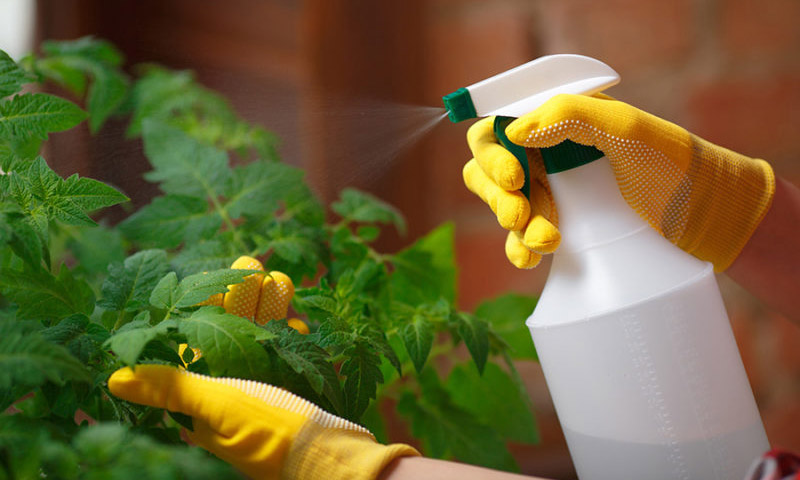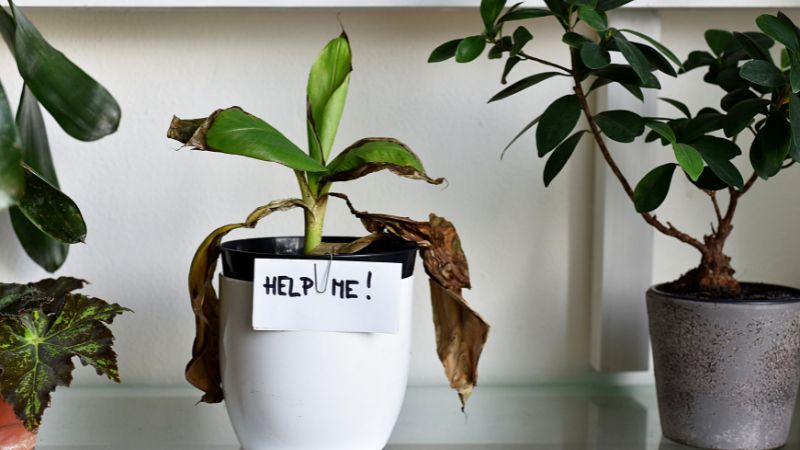1. Preventing Pests and Diseases

- Choose healthy plants: When buying plants or seeds, select those without signs of pests or diseases. Healthy plants have better resistance to infections.
- Ensure proper growing conditions: Each plant has specific requirements for light, water, humidity, and soil. Providing optimal growing conditions helps plants grow strong and resist pests.
- Use clean soil and fertilizer: Soil and fertilizer can carry bacteria or fungi. Use high-quality, treated soil and fertilizer from reliable sources.
- Regularly inspect your plants: Look for unusual signs like yellowing, curling leaves, spots, or small insects. Early detection helps prevent the spread of pests and diseases.
- Water properly: Water plants in the morning and avoid overwatering to maintain moderate soil moisture, preventing fungal growth.
- Keep space between plants: Ensure proper air circulation between plants to reduce the risk of disease spreading.
2. Treating Pests and Diseases

- Remove infected leaves or plants: If part of the plant is affected by pests or disease, prune and destroy the infected leaves or branches to prevent further spread.
- Use natural insecticides: You can make natural insecticides from common ingredients, such as:
- Neem oil: A plant-based oil from neem trees, effective against insects and fungi.
- Diluted soap solution: Mix mild soap (without strong detergents) with water to spray on plants. This suffocates insects.
- Garlic and chili: Blend garlic and chili peppers with water to create a spray that repels insects.
- Use biological pesticides: If pests are severe, consider using eco-friendly biological pesticides that are safe for the environment, humans, and animals.
- Set insect traps: Use traps like sticky traps or light traps to attract and eliminate harmful insects.
3. Controlling Common Pests and Diseases
![7 Tác hại của sâu bệnh hại đối với cây trồng [Nhà nông cần biết]](https://daithanhtech.com/wp-content/uploads/2023/03/tac-hai-cua-sau-benh-voi-cay-trong.jpg)
- Aphids and mealybugs: Aphids can be removed by spraying plants with a strong jet of water or using a diluted soap solution.
- Leaf-eating caterpillars: Manually remove or use biological insecticides to control them.
- Powdery mildew: If you spot powdery mildew on leaves, spray with a solution of baking soda mixed with water (1 teaspoon of baking soda in 1 liter of water).
- Snails and slugs: Use traps made from citrus peels or beer to attract and remove them.
By combining these prevention and treatment methods, you can maintain a healthy garden with fewer pest and disease problems.



